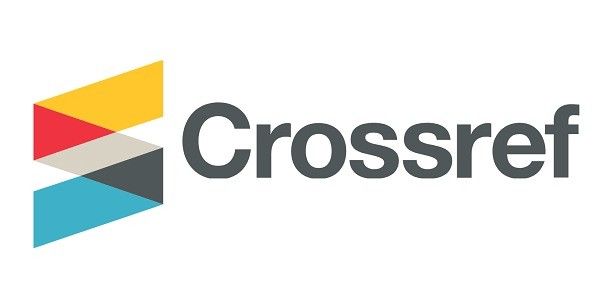Abstract
This paper explores key characteristics of spatial narratives, which are called narrative environments here. Narrative environments can take the form of exhibitions, brand experiences and certain city quarters where stories are deliberately being told in, and through, the space. It is argued that narrative environments can be conceived as being located on a spectrum of narrative practice between media-based narratives and personal life narratives. While watching a screen or reading a book, you are, although often deeply emotionally immersed in a story, always physically ‘outside’ the story. By contrast, you can walk right into a narrative environment, becoming emotionally, intellectually and bodily surrounded by, and implicated in, the narrative. An experience in a narrative environment is, nonetheless, different from everyday experience, where the world, although designed, is not deliberately constituted by others intentionally to imbed and communicate specific stories. The paper proposes a theoretical framework for space as a narrative medium and offers a critical analysis of two case studies of exhibitions, one in a museum and one in the public realm, to support the positioning of narrative environments in the centre of the spectrum of narrative practice.
Publication Date
7-30-2018
References
Bruner, J. (1991). Self-making and world-making. Journal of Aesthetic Education, 25(1), 67-78.
Greimas, A. J. (1983). Structural semantics: An attempt at a method. Lincoln: University of Nebraska Press.
Greimas, A. J. (1987). On meaning. Minneapolis: University of Minnesota Press.
Griffiths, S. (2017, October 30). Now is not the time to be indulging in postmodern revivalism. Retrieved from https://www.dezeen.com/2017/10/30/sean-griffiths-fat-postmodern-revivalism-dangerous-times-opinion/
Hebert, L. (2011). The semiotic square. Retrieved from http://www.signosemio.com/greimas/semiotic-square.asp
Parsons, A. (2017). Actant and actantiality (Unpublished lecture). Central Saint Martins, UAL, London
Potteiger, M., & Purington, J. (1998). Landscape narratives: Design practices for telling stories. New York: Wiley.
Lefebvre, H. (1991). The construction of space. Oxford: Wiley-Blackwell Publishing.
Jameson, F. (1981). The political unconscious: Narrative as a socially symbolic act. Ithaca: Cornell University Press.
Ricoeur, P. (1979). The human experience of time and narrative. Research in Phenomenology, 9, 17-34.
Merleau-Ponty, M. (2005). Phenomenology of perception. (C. Smith, Trans.). London: Routledge.
Perec, G. (2008). Species of spaces. London: Penguin.
Psarra, S. (2009). Architecture and narrative: The formation of space and cultural meaning. London: Routledge.
Kossmann, H., Mulder, S., & Oudsten, F. (2012). Narrative space: On the art of exhibiting. Rotterdam: 010 Publishers.
Latour, B. (2005). Reassembling the social: An introduction to actor-network-theory. Oxford: Oxford University Press.
Latour, B. (2014). Agency at the time of the Anthropocene. New Literary History, 45(1), 1-18.
Ryan, M. (2016). Narrating space/spatializing narrative: Where narrative theory and geography meet. Columbus: The Ohio State University Press.
Hawhee, D. (2002). Agonism and arete. Philosophy and Rhetoric, 35(3), 185–207.
McKee, R. (1999). Story: substance, structure, style and the principles of screenwriting. London: Methuen.
Wegner, P. E. (2010). Greimas avec lacan; or, from the symbolic to the real in dialectical criticism. Criticism, 51(2), 211–245.
Submitted Date
2018-05-12
Accepted Date
2018-07-18
First Page
153
Last Page
172
Recommended Citation
Austin, T. (2018). Some Distinctive Features of Narrative Environments. Interiority, 1 (2), 153-172. https://doi.org/10.7454/in.v1i2.20
Creative Commons License

This work is licensed under a Creative Commons Attribution-NonCommercial 4.0 International License
Author(s) retain the copyright of articles published in this journal, with first publication rights granted to Interiority.






